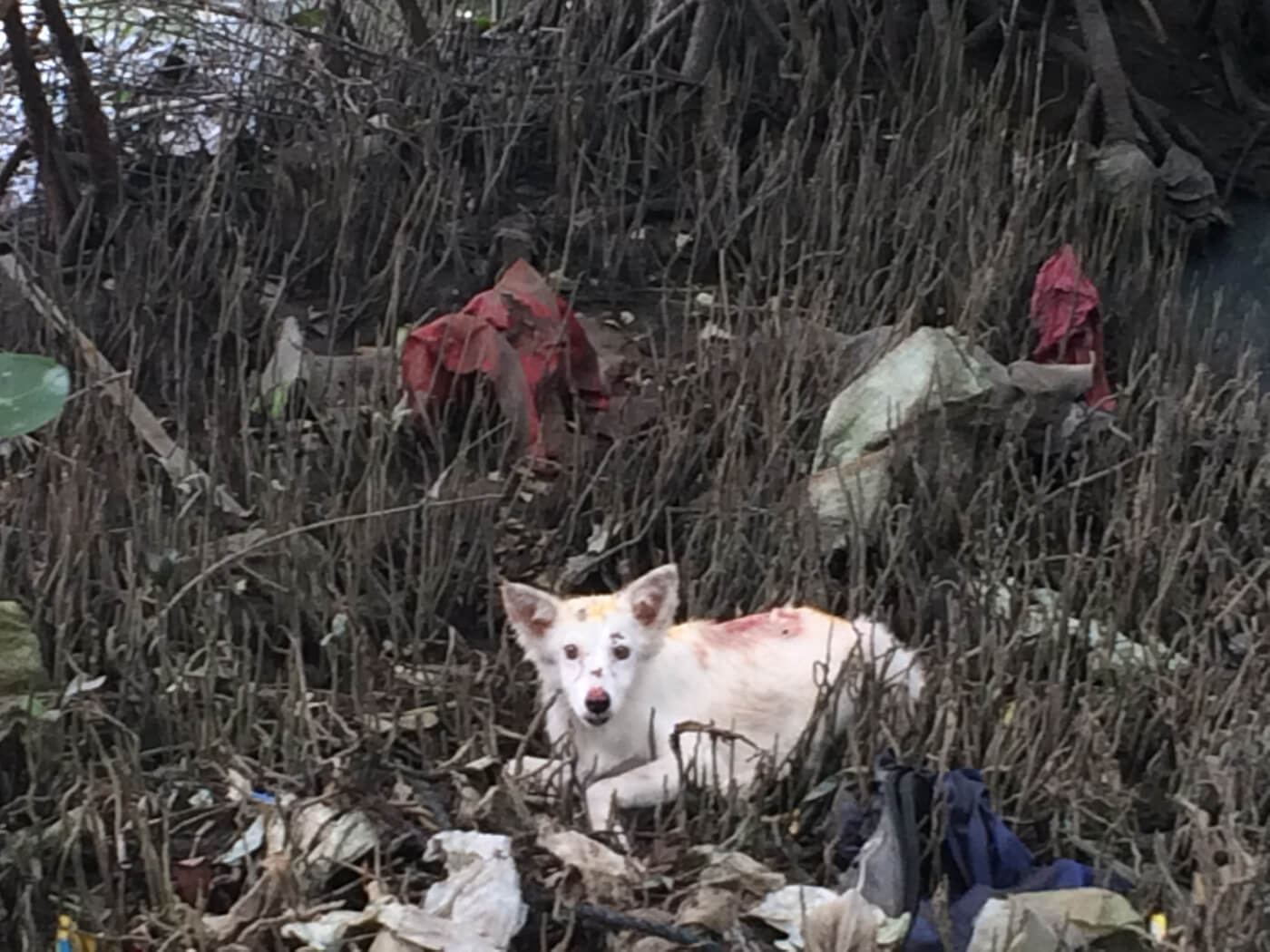
Several scientists have called for an overhaul of threatened species protection in the wake of the bushfires, including better monitoring of biodiversity. The number of invertebrates, fish and turtles affected was not estimated due to a lack of relevant data. The scientists said their estimates were conservative due to limitations in the methodologies used. Mammal numbers were based on published data on the densities of each species in different areas bird numbers were derived from BirdLife Australia data based on nearly 104,000 standardised surveys reptile estimates were modelled using knowledge of environmental conditions, body size and a global database of reptile densities. The WWF report says several techniques were used to estimate animal numbers. This month a separate paper drawing on the work of more than 20 leading Australian scientists found that 49 native species not currently listed as threatened could now be at risk, while government data suggested 471 plant and 191 invertebrate species needed urgent attention. The WWF-backed analysis is the latest of several papers to map the devastating impact of the bushfires.Ī peer-reviewed study by three ecology professors in June concluded that the fires had caused “the most dramatic loss of habitat for threatened species and devastation of ecological communities in postcolonial history”. The fires came during Australia's hottest year on record and in a country that already has among the world's highest extinction rates because of invasive non-native species such as cats, foxes, deer, horses and various pathogens, along with habitat clearing and fragmentation.īut one year on from the start of those fires, what does the landscape look like today? With state borders closing because of Covid-19, the Guardian took a virtual journey through the blackened path of Australia’s summer of bushfires, talking to those who are investigating the state of the continent’s surviving flora and fauna.Īn endangered Rosenberg’s monitor after being rescued from the fires. The habitat of an estimated 143 million mammals, 180 million birds, 51 million frogs and 2.5 billion reptiles was burned.

Nearly 3 billion animals were killed or displaced by bushfire. By the end of February, they had burned through at least 32,000 square miles (85,000 sq km) of Australian forest, an area the size of Ireland. "The True Cost of Wildfire in the Western U.S." April 2010.The wildfires that swept through many parts of Australia between July 2019 and February 2020 were of a scale and size that is difficult to imagine. Western Forestry Leadership Coalition."How to Conduct a Prescribed Burn." February 2000. "Wildland Fire: Fire Adaptation." (April 10, 2013) "Kansas Prescribed Fire Emissions." (April 17, 2013) Kansas Department of Health and Environment."Kansas Prescribed Fire Emissions." (April 12, 2013) "Animals Co-Exist with Wildfires." ABC News. "How Fires Benefit Wildlife." (April 10, 2013) "Benefits of Planned Forest Fires Are Cited." The Washington Post.

After the fire dies out, it leaves the forest clear of underbrush that chokes out new growth, making it ready for a new generation of native plants. These fires eat their way through underbrush and never reach the tops of the tallest trees. Although we've come to rely on fire for survival and comfort, fire also can sweep through heavily wooded areas and threaten lives or livelihood. Without fire, early humans would have been chilly vegetarians (it would have been difficult to subsist on dinosaur carpaccio during the long, cold winters, after all). Author's Note: How does a forest fire benefit living things? Deep forest plants like mosses, lichens and animals like pine martens, spotted owls, and woodland caribou will once again call it home. Years later, when the forest's growth has created a dark and damp interior framed by a leafy overhead canopy, the forest's remaining residents will move back in. Then, predators - coyotes, mountain lions, bobcats, wolves and bears - will get their fill of prey, too. The shrubs and grasses fertilized by fire-created nutrients will grow lushly soon, deer and other grazing wildlife (even mice) will make a meal of them.

These fattened insects then become food themselves as birds hunt for a feast all their own. There's even a species of beetles that waits for forest fires, using heat sensors to come in from miles away to eat injured trees. More than 40 different kinds of insects, for example, will eat their way through fire-ravaged territory as they burrow into the wood that remains. That's because forest fires can create an all-you-can-eat buffet.


 0 kommentar(er)
0 kommentar(er)
